
L-R: David Riley, Sebastian Galvez & Juan Carlos Lopez in "Wearing Lorca's Bowtie"; photo by Sion Fullana
AENY-The Bridge is a non-profit organization which was established in the fall of 2010 to promote inter-disciplinary artistic collaborations and build a cultural bridge between Spain and the United States.
Last December I was witness to one of their great creations and wanted to introduce this fairly new company to The Happiest Medium readers.
Helmed by Josh Hecht & Ignacio Garcia-Bustelo, the creation was Wearing Lorca’s Bowtie, an innovative multi-disciplinary piece inspired by internationally acclaimed Spanish poet and playwright Federico Garcia Lorca’s trip to New York. The riveting production, which incorporated dance as much as acting and bilingual text, received a short run at the Duke on 42nd Street.
Both Josh (JH) and Ignacio (IGB) graciously answered some questions for THM.
When did you know you wanted to be a director?
IGB: I’ve always known – ever since I discovered I had a different sensibility, an original perspective when looking at things. I really am an actor who directs; I’ve worked as an actor for the last 11 years, and in the course of my career I’ve worked with many different directors. Only a few of them took the time to really explore what I had to add as an artist to the parts I was playing, what my personal voice was… Being a director allows me to directly express what my vision is, and put it into practice. The communication between director and the audience is really straight forward, not filtered by someone else’s vision or ideas. You are responsible for what the audience sees or experiences.
JH: I started directing when I was in college. Before that, in high school, I had been an actor, but I was never very good at it. I think most of us in the theater start as actors when young, because that’s what we see. Eventually, some of us realize we’re actually playwrights, designers, directors, producers, casting directors, etc. At least, I hope we do! Anyway, in college I started directing, and it instantly felt more right, more where my talent and my disposition and my unique skill set lay. I went right away from being a mediocre actor to being at least a very promising director. And I’ve never looked back.
What is the mission of AENY?
IGB: AENY was founded in 2010 to promote collaboration amongst different artistic disciplines and build a cultural bridge between Spain and the US.
AENY is a collective of artists from different disciplines, and it is our desire to find a common language that expresses our needs, longings, etc. from different angles and perspectives. This is not a linear world we live in, we receive information and stimuli from very different sources and channels: TV, computers, graffiti, iPods, magazines, the Internet, cellphones, etc., all at the same time. Different languages, different means of communication. New York has a natural tendency to this; you just have to take the subway to know what I mean: you see a blues band on the station, hip hop dancers on the train, posters everywhere advertising the last thing, announcements from the train speakers, overheard music from somebody’s earphones, news from the morning newspapers…. Melding different artistic disciplines and languages is not as different from the world we are used to as we might at first think. This is our goal, to create a language of our own that reflects the world as we experience it.
The other major objective was to establish a cultural bridge between Spain and the US. In NY you have quite a few institutions that are mainly directed to a Spanish speaking audience. We didn’t want that, we didn’t want to make a differentiation between audiences based on the languages they speak. NYC is one of the most eclectic places in the world and we wanted to see that reflected in our work. For that reason, we decided to team up with American designers and creators. Collaboration is not always easy but in the end it’s always positive. If you have the right people in the mix, you get exposed to different ways of thinking, and you learn from that. This is the kind of spirit that we’d like to promote in AENY.
How long have you been developing the project Wearing Lorca’s Bowtie?
JH: A shockingly short amount of time! Ignacio and I first started talking about it in the summer. This October, we did a devising workshop to generate some material. A section of the first scene came out of that. Following this, Ignacio, Judith, Mar and I engaged in a series of meetings generating ideas for content and a structure, which Mar and I then compiled into a loose story And in November we went into rehearsals, creating the piece as we went. In 5 weeks we went from a story-board to a complete show.
IGB: AENY was born a little more than a year ago. In the beginning it was just an idea, a dream some of us had. Then some of us took it more seriously, and tried to really make something out of it. When we had the very basic structure and organization to start functioning we said, ‘hey, maybe it’s time to start thinking about our first project together’. This was back in June 2011, I think.Because of the kind of organization we wanted to become, it didn’t make sense to just make a straight theater play (even though most of the members were actors by then), and so I proposed to devise a piece based on Lorca’s collection of poems Poet in New York. As artists living in NYC it seemed like a good starting point, while the open structure of the collection of poems also seemed to allow the integration of different disciplines.
When we presented the project to the Spanish General Consulate in NY, they thought it was a great idea. Iñigo, Agueda and Barbara at the Consulate and Cristina at the Spanish Embassy in Washington have played crucial roles in the developing of this initiative. None of this would have happened without their help and support. Then we started the conversations with the venue and with the creative team, and later a workshop in mid September / beginning of October to get to know each other better and find ways in which to collaborate. The open and collaborative nature of the project had attracted many artists to AENY’s first production, but we were basically strangers back then…we got to know each other but we had never worked together before in most cases…So it’s been a very fast process. We went from individual artists to collaborators within weeks, and that’s not a simple task when you are trying to integrate dancers, visual artists, actors, musicians, writers…people with different interests, different sensibilities and a different language…
Proper rehearsals started November 5th, which left only 4 weeks to create content and structure, to write and assemble the piece. If it sounds crazy it’s because it is…but that’s also the beauty of it, the spontaneity and energy that comes out of it is often inspiring, and it has set the grounds for future projects.
The show has a fascinating balance of language and artistic disciplines. What has been the audience reception to the production, especially non-Spanish speakers?
IGB: I think it’s interesting and surprising for the audience. It’s not usual to see a production like this, committed not only to the text but also to other means of expression. I don’t think there’s much of a difference when it comes to Spanish / non-Spanish speakers though, as the show features texts in both languages and there’s also an important visual component in our work.
JH: For me at least, it has always been important to me that the show be bilingual. What a missed opportunity not to have plenty of Spanish and English on stage The piece is in many ways about cultural boundary-crossing. And Lorca himself struggled with communicating across the languages. I think the Spanish is very accessible to non-Spanish speaking audiences. I think we’ve found very theatrical ways of translating all of it without the audience realizing it’s being “translated.” I don’t think anything is lost here. Ignacio and I have also been very interested in visual story-telling — using images and stage pictures to do as much work as the text at times. The band is also a crucial part of this. Incorporating the visual artists has been more challenging. Ultimately, this is always a theater piece into which other disciplines must fit. But the company is very multi-disciplinary and we both wanted to include as much of that as possible.
Any die hard Lorca fans in the audience yet?
JH: Hard to say. I will say this, as an American, I was really only familiar with Lorca’s later plays. I was stunned by how embedded in the very fiber of every Spanish-language culture he is! Every Hispanic person who has come to the show — not just Spanish, but also Argentinian, Cuban, Chilean — comes with a familiarity with Lorca that is like Shakespeare in the English-speaking world. I was unaware of that. It’s been fascinating to listen to how the audience listens.
IGB: Not really! Not that I know of anyways ;) It was never our intention to do a straight adaptation of Lorca’s poems or writings and I believe people understand that. What you have here is a work that’s inspired by Lorca. We are not trying to say ‘this is how Lorca should be done’. On the contrary, we’ve explored some aspects of Lorca that interested / moved us, that’s our intention – to explore with integrity.
What do you want the audience to leave with after seeing the show?
IGB: We’d like to build a long term audience for AENY, people who come see the show and say, ‘OK, that was interesting, I look forward to seeing their next thing! ‘ The worst thing that could happen was if the audience left indifferent, but I think the show, and AENY as a company has a strong personality and a singular voice to prevent that from happening. The show is very layered, and therefore I think people would get different things out of it depending on their background, their mood and their connection to the city.
JH: For me, Lorca is a lens through which we explore our own experience of living in this city. I want them to think about loneliness and connection, about desire, about dislocation. I want them to be moved. And I want them to touch each other more. Is that corny? ;)
~~~
Learn more about AENY by visiting their website www.aeny-elpuente.org
You can even pick if you want to read the site in Inglés o Español. Go on, take a risk,

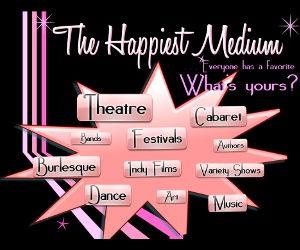
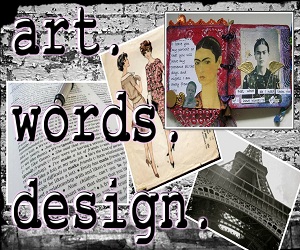
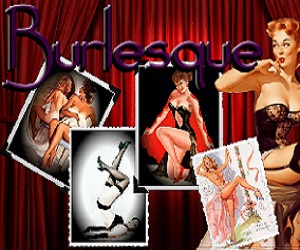
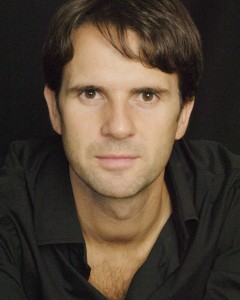


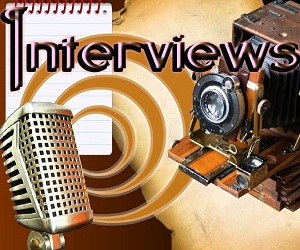
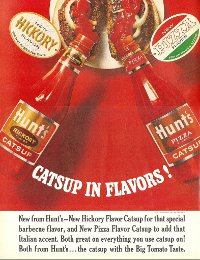
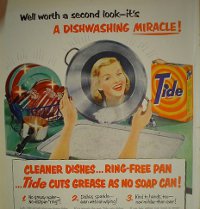
{ 0 comments… add one now }